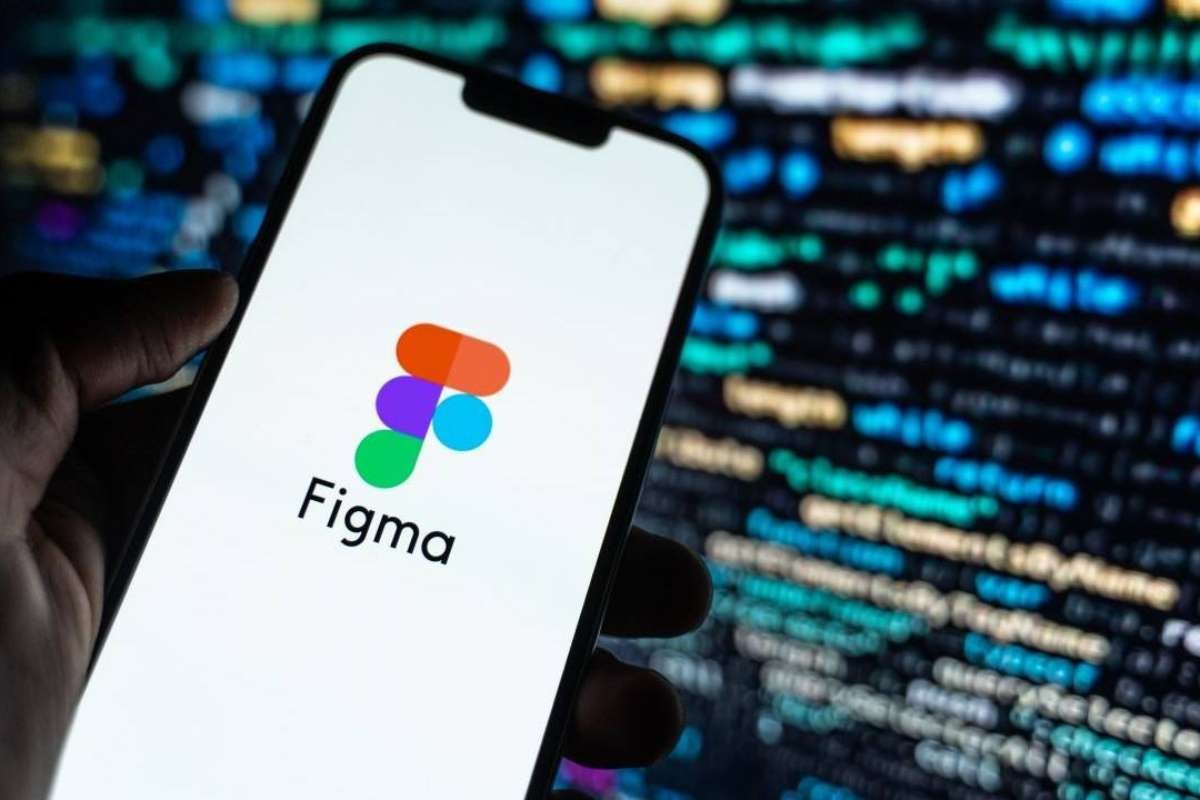Figma, the widely used design software platform, has taken a critical step toward a highly anticipated Figma IPO. On Tuesday, the company publicly filed its S-1 regulatory document, offering a comprehensive look at its financial health for the first time. Though key details such as share count and pricing remain undisclosed, the filing reveals robust growth figures that have analysts predicting a blockbuster IPO.
According to Renaissance Capital, the Figma IPO could raise up to $1.5 billion, putting Figma on par with CoreWeave, the largest tech IPO of 2025 to date. The company’s financials make a strong case for investor enthusiasm. Figma reported $749 million in revenue for 2024, a 48% increase from the previous year, and maintained momentum in early 2025, with a 46% year-over-year revenue jump in Q1. Its rolling 12-month revenue reached $821 million with a remarkable 91% gross margin.
While the company experienced a significant loss of $732 million in 2023, this was primarily due to a one-time employee stock compensation event involving 10.5 million options at a strike price of $8.50. Importantly, Figma returned to profitability by Q4 2024 and remained profitable into Q1 2025. The company also reported virtually no debt, aside from a revolving credit facility, indicating strong balance sheet health ahead of its IPO.
Executive Moves and Ownership Structure Revealed
The filing also sheds light on executive shareholdings and past liquidity events. In 2024, Figma allowed employees and executives to participate in a tender offer, enabling some to cash out their shares. CEO and co-founder Dylan Field notably sold $20 million worth of shares during this event. However, the S-1 does not specify whether executives or major venture capital backers, including Index Ventures, Greylock, Kleiner Perkins, and Sequoia, intend to sell any shares during the Figma IPO.
An interesting revelation from the filing centers around Figma’s other co-founder, Evan Wallace. Although Wallace stepped away from the company in 2021, he remains listed as a co-founder in the document. His family trust retains roughly one-third of the company’s high-power Class B shares, which carry 15 votes per share. Despite this, Wallace has granted full voting authority to Field, who now holds control of approximately 75% of Figma’s total voting rights ahead of the Figma IPO.
AI Competition Looms as Figma Charts Its Next Chapter
Despite its financial strength and dominant market position, Figma faces growing competition in the rapidly evolving design-tech landscape, particularly from emerging AI-driven platforms like Lovable. These startups are leveraging next-generation AI tools to capture a share of the design and coding software market, a territory Figma currently dominates.
Figma’s S-1 filing openly acknowledges the risks posed by fast-moving AI innovation. The company states it is actively investing in AI and generative AI integration, but admits the challenge of staying ahead in a space where technologies evolve quickly. “There can be no guarantee that our products will remain competitive as new AI technologies are developed,” the filing warns.
As the Figma IPO draws closer, the company appears poised for one of the most significant public debuts of the year if it can maintain its innovation edge in a high-stakes, AI-fueled industry.
Visit more of our news! CIO Women Magazine.









